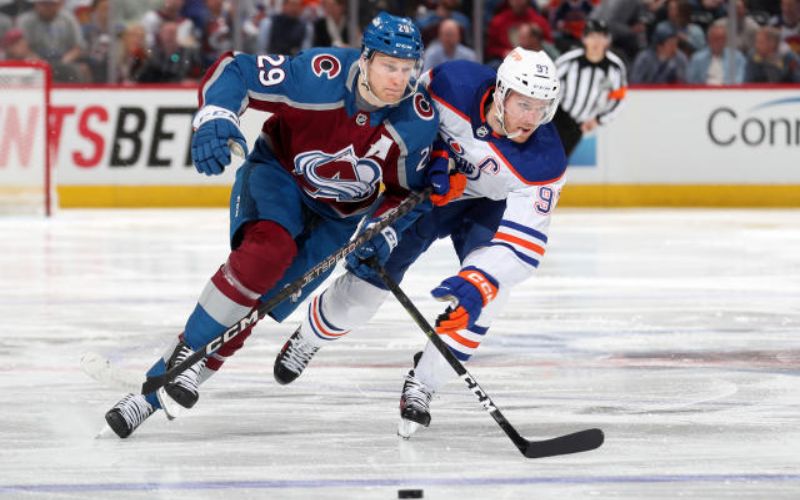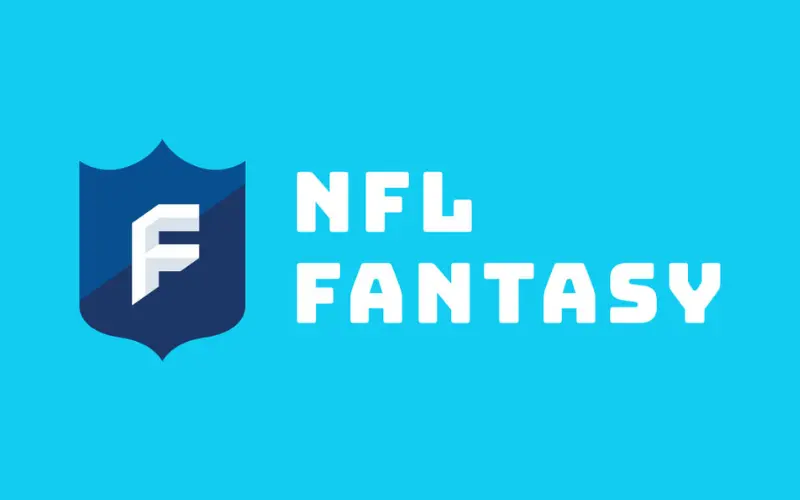Ice hockey fantasy leagues offer an exciting and competitive way for fans to engage with the sport. Whether you’re a seasoned player or just starting, understanding the fundamental concepts, strategies, and player positions is crucial to building a successful fantasy hockey team. In this guide, we’ll explore the ins and outs of ice hockey fantasy, including league structures, essential terms, and strategies to help you dominate your competition.
Understanding Ice Hockey Fantasy Leagues
An ice hockey fantasy league functions similarly to other fantasy sports leagues but with a unique set of rules tailored to the fast-paced nature of hockey. Participants in a fantasy league draft real-life players from the National Hockey League (NHL) to form their virtual teams. Points are earned based on the players’ performances in actual NHL games, such as goals, assists, plus-minus ratings, and penalty minutes. The ultimate goal is to assemble a team that can score the most points across various statistical categories.

There are different types of ice hockey fantasy leagues, including traditional head-to-head formats, rotisserie (or points-based) leagues, and daily fantasy sports (DFS). The structure of your league will impact how you approach the draft, roster management, and trades.
Key Ice Hockey Fantasy Terms to Know
To succeed in ice hockey fantasy, it’s essential to become familiar with the jargon and terms that frequently appear. Below are some key terms every player should know:
- Draft: The process where team owners select players for their fantasy rosters. The draft can be snake-style (where the order reverses after each round) or auction-based (where players are bought using a budget).
- Roster: Your fantasy team, which typically consists of forwards, defensemen, goalies, and utility players.
- Categories: The specific statistics that determine how fantasy points are earned. These often include goals, assists, power-play points, shots on goal, and wins for goalies.
- Free Agents: Players who are not on any fantasy team roster. You can pick up these players if they become available.
- Waivers: Players who have been dropped from another team but are not immediately available for free pick-up. There’s usually a waiting period during which teams can place claims.
- Trade: The process of exchanging players between teams to improve your roster.
- Sleepers: Players who are undervalued in the draft and may exceed expectations, potentially becoming a strong contributor to your team.
Understanding these basic terms helps in navigating through your ice hockey fantasy league and making informed decisions during the season.
Ice Hockey Fantasy Positions: What You Need to Know
In ice hockey fantasy, players are divided into several key positions, each contributing differently to the overall game. Here’s a breakdown of the most common positions you’ll encounter and how they impact your fantasy roster:
Forwards (Left Wing, Center, Right Wing):
Forwards are typically the main point-scorers in ice hockey. They are responsible for both offensive plays and scoring goals. As such, they can earn the most fantasy points for assists, goals, and power-play points.
Centers often see more ice time and are involved in both offensive and defensive plays.
Left and Right Wings are typically more focused on attacking, making them valuable assets in scoring categories.
The value of each forward depends on their line placement and their team’s offensive style. Wingers can often be found on power-play units, which boosts their scoring potential.
Defensemen:
While defensemen don’t score as often as forwards, they contribute in other ways, such as blocking shots, adding assists, and scoring goals, especially from the blue line. A defenseman who contributes offensively while also maintaining a solid defensive role can earn a high number of fantasy points.
Many successful fantasy hockey teams invest in solid defensemen, especially those who play on power-play units or are known for their consistency in producing assists.
Goalies:
Goalies are crucial in fantasy hockey, and their performance can swing a matchup. Points for goalies are typically based on wins, saves, shutouts, and goals-against average (GAA). A solid starting goalie can often be a team’s foundation, providing points almost every week.
Goalies are typically drafted based on their team’s defensive strength and the number of games they’re expected to start. Elite goalies tend to be the first players selected in many drafts.
Ice Hockey Fantasy Strategies to Excel
Building a competitive fantasy hockey team involves more than just selecting high-profile players. A well-rounded ice hockey fantasy strategies, including smart drafting and in-season management, is essential for long-term success. Here are some key strategies to consider:
Know Your League Settings
Before drafting your team, thoroughly understand your league’s scoring system and roster requirements. Some leagues may emphasize scoring categories like hits or blocks, while others may focus on assists and goals. Tailoring your strategy to the scoring format is a key step in gaining an advantage.
Balance Your Roster
A balanced roster is critical. Having a mix of top forwards, strong defensemen, and reliable goalies gives you flexibility throughout the season. Make sure to draft players who can contribute in multiple statistical categories, not just in goals or assists.
Target Sleepers and Bargains
While the top stars are crucial, keeping an eye out for under-the-radar players can help you find hidden gems. Sleepers are players who are undervalued but have the potential for breakout performances. These players are often available later in drafts, offering high upside with minimal risk.
Monitor Player Matchups
Player performance can vary depending on their team’s schedule and opponent. Prior to each week or matchup, check the games that your players will be involved in. Players facing weaker teams or those playing in more games that week may offer a better chance for higher fantasy point totals.
In-Season Management
Be proactive throughout the season. Stay on top of injuries, trades, and player call-ups. Keeping an eye on player performance, as well as the real-life status of NHL players, can help you make the right moves in terms of waivers, trades, and setting your lineup.
Use Power Play and Special Teams
Players who are involved in power-play units and other special teams situations often see increased production opportunities. Identifying players on strong power-play units or who contribute significantly on penalty kills can provide an edge.
Conclusion
Ice hockey fantasy leagues provide a unique and thrilling way to immerse yourself in the sport. By understanding the fundamental terms, positions, and strategies, you can create a competitive team that is well-equipped for success. Whether you’re a beginner or a seasoned fantasy player, the key to victory lies in preparation, consistent roster management, and the ability to adapt to in-season changes. So, get ready, draft wisely, and may your ice hockey fantasy team bring you glory this season!






